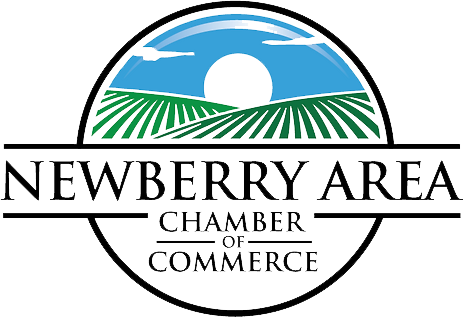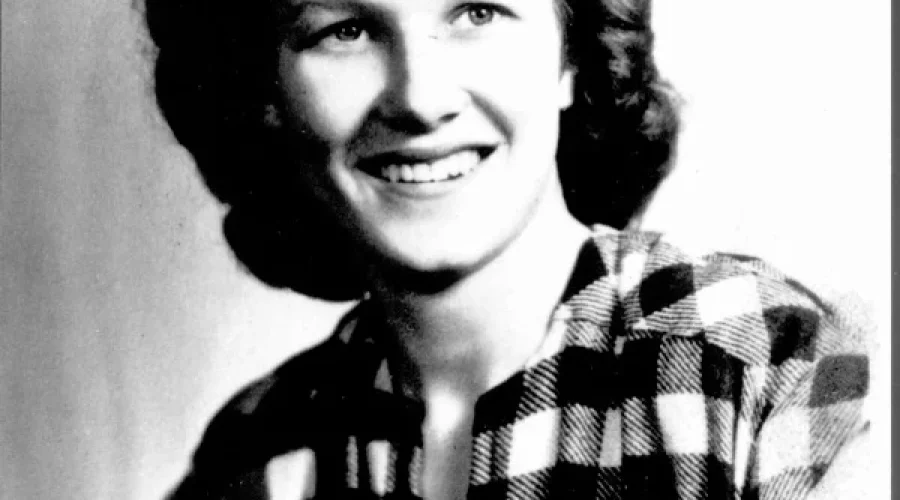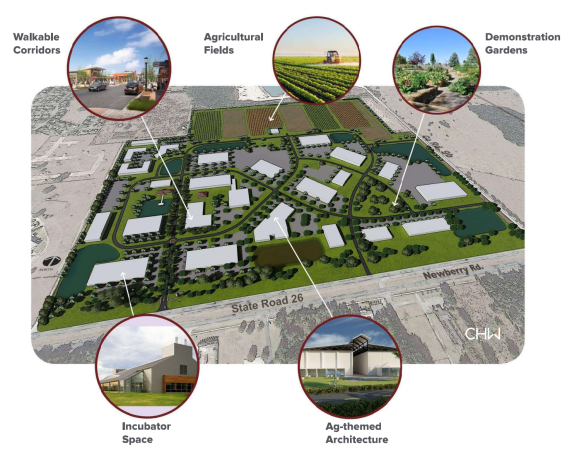Newberry: A look back as we move forward
“I believe that the more you know about the past, the better you are prepared for the future.”
~ Theodore Roosevelt
President Roosevelt wasn’t wrong. In fact, a quick Google search yields more than 5,900 quotes from significant figures about learning your history to forge your future. So as it is true for us as humans, doesn’t that mean the same for the cities and towns we make up?
Here at the Newberry Jonesville Chamber, we believe that our growing cities are destined for great things. So in a nod to all the great figures who have pointed out that the key to our future lies in our past, we wanted to take a look back at the cities we love so much and why those stories drive us forward.
Newberry dates back to the late 1880′s when a narrow vein of “hard-rock phosphate” was discovered in the area. Mining companies and prospectors began buying up land. Phosphate processing plants with steam-powered equipment soon dotted the surrounding countryside. Narrow-gauge tram railroads crisscrossed the area to High Springs and Archer.
The phosphate boom was on! Henry Plant extended his Savannah, Florida and Western Railroad Line from High Springs to Archer in 1893, and Newberry was established the following year as a railroad stop and trading center.
A few years later, the Cummer Lumber and Phosphate Company completed the Jacksonville and Southwestern Railroad line from its lumber mill near Jacksonville to Newberry.
Prior to 1900, the ‘Newberry Miner Newspaper’ reported more than 500 men working at the 14 mines located within 6 miles of town. As the mines prospered, so did the fledgling town of Newberry. By 1907 the city’s occupational license rolls listed livery stables, restaurants, boarding houses, hotels, barbers, cleaners, pharmacies, meat markets, general merchandise stores, photographers, bicycle shops, pool halls, saloons, sideshows, and theaters.

Newberry’s population of 1,500 swelled on the weekends as the miners came to town for supplies and entertainment. Cuttings and shootings were common – they kept Newberry’s three doctors busy. W. N. “Doc” Barry, Sr. worked at his mother’s pharmacy during this period. Mr. Barry described Newberry as “A real wild west town in the East.” Despite its wild nature, Newberry’s prosperity also brought the trappings of civilization in the form of churches, schools, and in 1913, an electric light plant. Those early electric customers enjoyed four hours of light each night.
Newberry’s prosperity began to wane with the discovery of soft-rock phosphate near Dunnellon. An increase in soft-rock production meant a reduction in mining hard-rock phosphate found near Newberry. With the future looking bright everything suddenly came to an abrupt halt in 1914 with the outbreak of World War I, which cut off Newberry’s principal buyer of its phosphate, Germany. Mines closed, businesses folded and the population dwindled. Those that remained turned to agriculture for a livelihood but continued to develop other methods to revitalize the struggling area. Vegetables were grown for the table, while crops like watermelons and tobacco were grown for cash. The land boom of 1925-26 brought hordes of tourists to Tampa and Miami. They traveled through the eastern edge of town on a newly paved road known as the Tamiami Trail.
Newberry’s population remained stable until the advent of the Second World War. Many of Newberry’s finest went away to war. These vets came home filled with energy, fresh ideas, and new skills. Many civic organizations began organizing events and activities to help support their individual communities. An American Legion was formed in 1946 and the legionnaires assumed the lead in getting the community involved in promoting the city. They looked for something that Newberry did well, and since agriculture continued as the main source of income in the area, the mainstay crop of watermelon seemed the obvious choice. And so in 1946, the first Newberry Watermelon Festival was held in celebration of the town’s major cash crop. The first Watermelon Festival included a beauty contest and dance at the skating rink. Today it continues to be an annual celebration the citizens enjoy. (Source: City of Newberry)

Newberry’s downtown area is home to the Kincaid building, built in 1880 in Jonesville. Here William Barry invented a screw worm eradication formula that is credited with saving the cattle industry in Florida, as thousands of cattle were dying. The Newberry Main Street organization currently leases this building in an effort to restore and preserve its original interior and its board and batten exterior structure, as it is the only remaining wooden commercial building of historic interest in town. (Source: Wikipedia)
Today, Newberry is a quickly developing city that is harnessing the same enginuity and work ethic of the past to craft a smart, diversified and thriving future. In a nod to the strong agricultural roots of Newberry, the City has invested heavily in creating the first dedicated Agritech Industrial Park in the region. This agritech park will focus on the next generation of innovation and technology that will revolutionize farming, production, and agriculture.
With a population of nearly 6,000 and a quintessential main street straight out of book, Newberry has been able to maintain their small town feel and traditions. Thousands flock to Newberry for their mainstreet parades, music festivals like WestFest, and the time honored Watermelon Festival. Major housing and retail developments such as the Country Way Town Square have brought in young families who are looking to raise their children in a wholesome and tight knit community.



